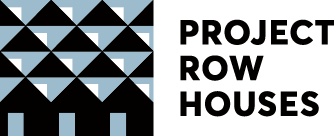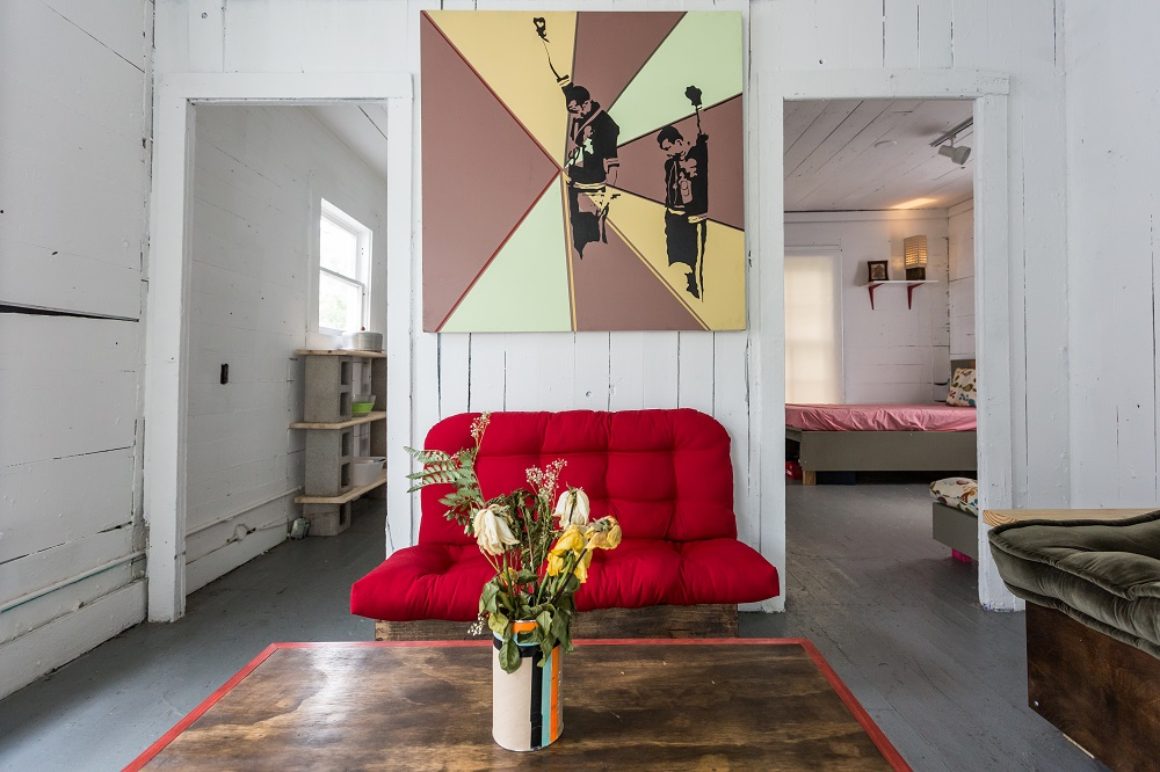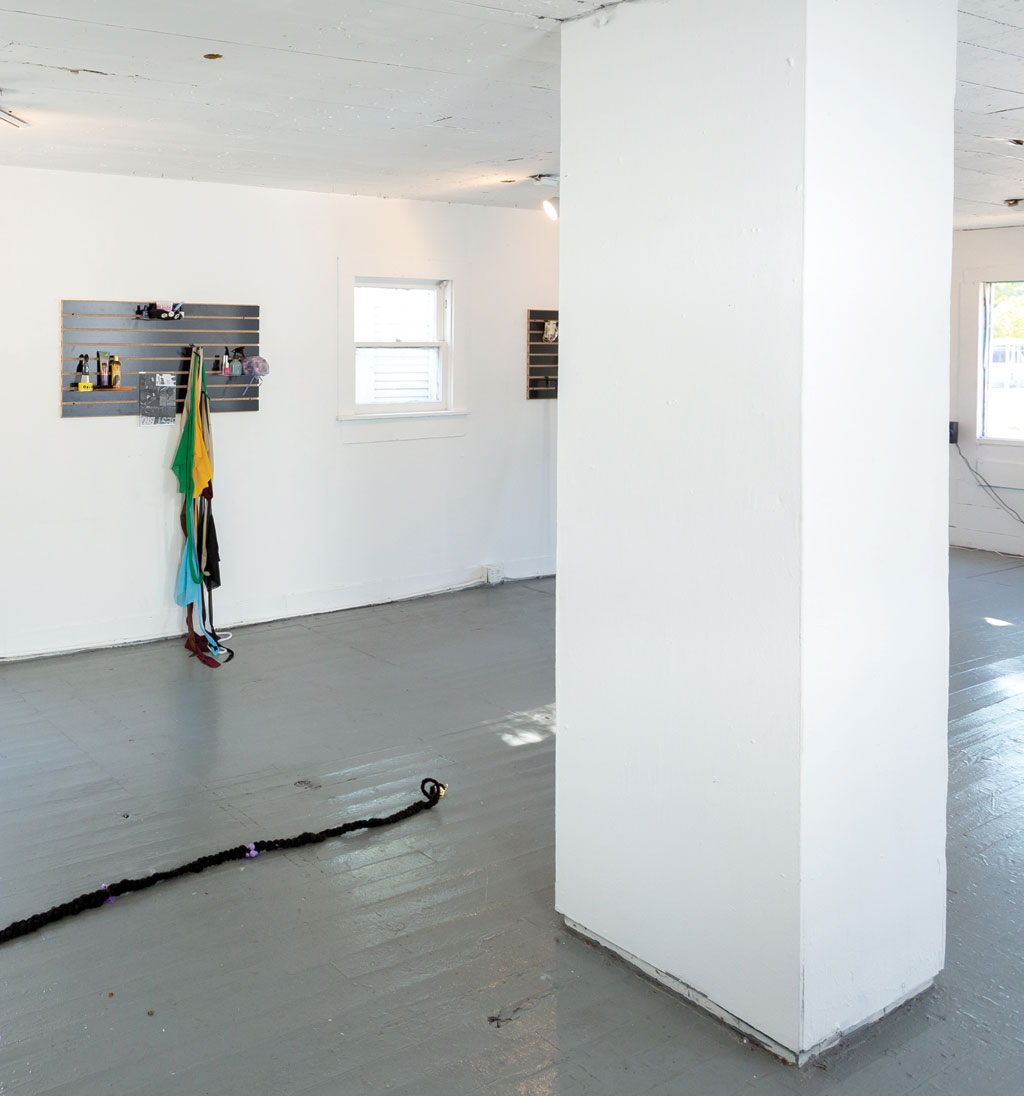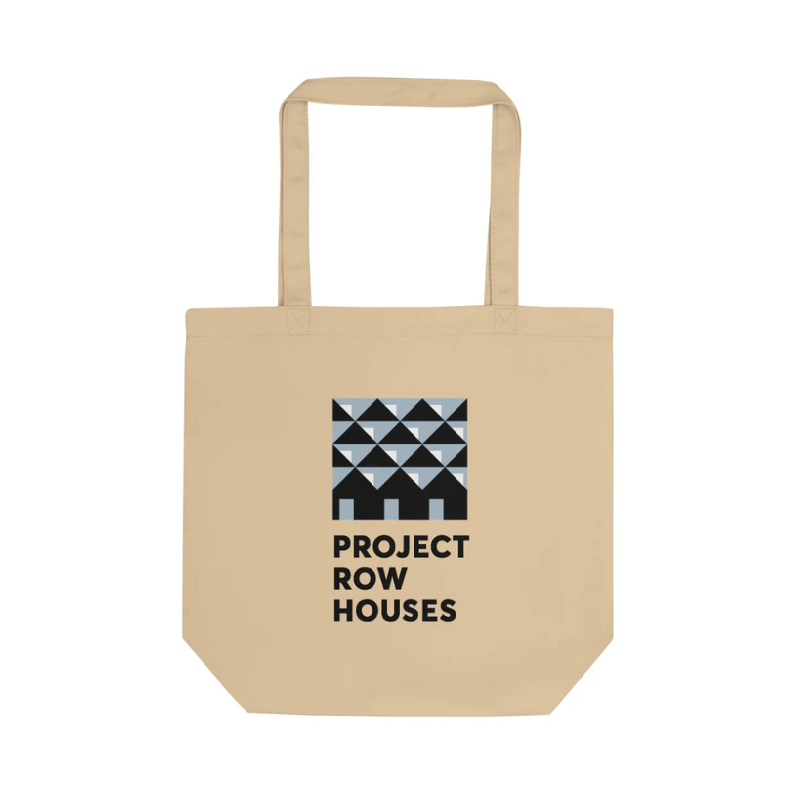by Victoria Laxalt
Website, blog, or other relevant links?
https://mumblzmedina.bandcamp.com/http://mumblzmedina.tumblr.com
Please describe your installation at PRH for those who aren’t able to view it firsthand.
My installation is basically based on the saying, “One man’s trash is another man’s treasure,” meaning I take discarded or broken/unwanted materials to build functional art. In this particular case, I’ve retraced my own personal living experiences of building furniture as a means of getting by and extended the designs into pieces that are unique, simple, and longer lasting. Initially, I would build throw-away pieces in order to simplify my moving process but have since elevated my practice to build more experimental and self gratifying works that are, initially, lasting.
As one of three Houstonian artists in this Round, how do you view the role of your work in the context of this international exhibition? And how is it perhaps uniquely Houstonian?
I view my work as significantly familiar to the African Diaspora. Creating functional items is nothing new and highly recognizable worldwide. Using a cinder block as a temporary seat is not unique. And so, neither is repurposing materials to build something new. It’s a common, unspoken practice. I think of my installation as the common bond. Delio Delgado’s house has a reference to migration and relocation which played a major part of my early furnishings; “throw-aways.” Erika DeFreitas has created something and asked the viewer to participate by deconstructing the knitted blanket and logging the experience and time. I feel I’m similar by deconstructing wood to create something new. Each furnishing has its own log of history, though mostly unknown, but it exists. Because I’m not a native Houstonian, I think it’s easier for me to relate those small nuances, having moved quite often, but I’m still not sure what makes me uniquely Houston. Perhaps that’s it.
You have experience working with a number of different media; do you have a preference for a certain type of method or material?
I don’t have a preference of material, although at present, I’m having fun with wood. It really depends on the project and how closely I relate to it. The deeper the connection, the deeper I submerge myself into the process, regardless of the media.
How was the conception of your piece at all influenced by the physical and/or cultural context of the shotgun house?
It wasn’t. Not really. My biggest challenge was deciding what I would do based on the concept of the Round. Once I realized what I had to do, the size of the shotgun house seemed to grow… massively. Because my house has individual rooms, I felt the need to clearly identify each room as its own space so it felt like actual living quarters. Thinking about the installation, I think it fits into the context of shotgun houses, although it wasn’t taken into consideration upon inception.
What do you want people to know about your work?
My work is sincere. Whatever I make, it has to be made right, to my standards. Something I would use. Something my kids could use. I’m self-taught in building furniture, so it’s a learning process. I’m an imperfect perfectionist. A lot of the work has a story to accompany it as well as its own history.
What’s next for you?
Next steps are to finish a couple of projects with the collective Otabenga Jones and Associates, which has done quite a bit of work with PRH, which I’m greatly thankful for. Aside from that, I’ll probably be in a wood/trash pile near you.
——
Evans’ and other PRH Round 42 artists’ works are on view until June 21st.






